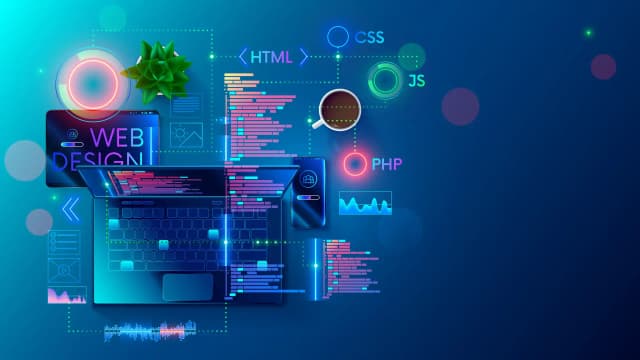As the technology landscape evolves, so does the need for efficient and versatile programming languages in web development. In this guide, we explore the best languages for web development in 2023, detailing their unique features, use cases, and benefits. Whether you are a beginner looking to start your coding journey or an experienced developer seeking to enhance your skills, this article provides valuable insights into the languages that are shaping the future of web development.
Why Choosing the Right Language Matters
Choosing the right programming language for web development can significantly impact the success of your projects. Factors such as performance, scalability, ease of learning, and community support play a critical role in a developer's choice. With numerous options available, understanding each language's capabilities and limitations is essential for making informed decisions.
Top Programming Languages for Web Development in 2023
1. JavaScript
JavaScript continues to be the dominant programming language for web development in 2023. It is essential for creating interactive and dynamic web applications. Key features include:
- Versatility: Works on both the client-side and server-side (Node.js).
- Rich Ecosystem: A vast library of frameworks and tools (such as React, Angular, and Vue.js).
- Community Support: Strong community with abundant resources for learning and troubleshooting.
2. Python
Known for its simplicity and readability, Python is a popular choice for web development, especially with frameworks like Django and Flask. Benefits include:
- Ease of Learning: Great for beginners due to its clean syntax.
- Rapid Development: Allows faster prototyping and fewer lines of code.
- Strong Libraries: Extensive libraries for various functionalities, including data analysis.
3. PHP
PHP remains a widely-used language for server-side web development. It powers major platforms like WordPress and Facebook. Key advantages include:
- Well-Established: A strong foothold in web development with a mature ecosystem.
- Ease of Integration: Works well with various databases, including MySQL.
- Large Community: A wealth of online resources and community support.
4. Ruby
Ruby, particularly popularized by the Ruby on Rails framework, excels in creating web applications quickly. Its key characteristics include:
- Convention over Configuration: Streamlines web development by minimizing decision fatigue.
- Emphasis on Developer Happiness: Focuses on simplicity and productivity.
- Strong Community: A vibrant community that supports new developers.
5. TypeScript
An extension of JavaScript, TypeScript adds type definitions, enabling more robust and maintainable code. Important benefits are:
- Enhanced Code Quality: Type checking helps minimize errors.
- Interoperability: Compatible with existing JavaScript code.
- Growing Popularity: Increasing adoption within the web development community.
Conclusion
In 2023, the landscape of web development is rich with diverse programming languages, each catering to different needs and preferences. JavaScript, Python, PHP, Ruby, and TypeScript lead the pack for their unique advantages and widespread use across various applications. By understanding the strengths of each language, developers can choose the best-fitting language for their projects and career goals. If you want to kickstart your web development journey or elevate your existing skills, consider diving deeper into one or more of these languages.















